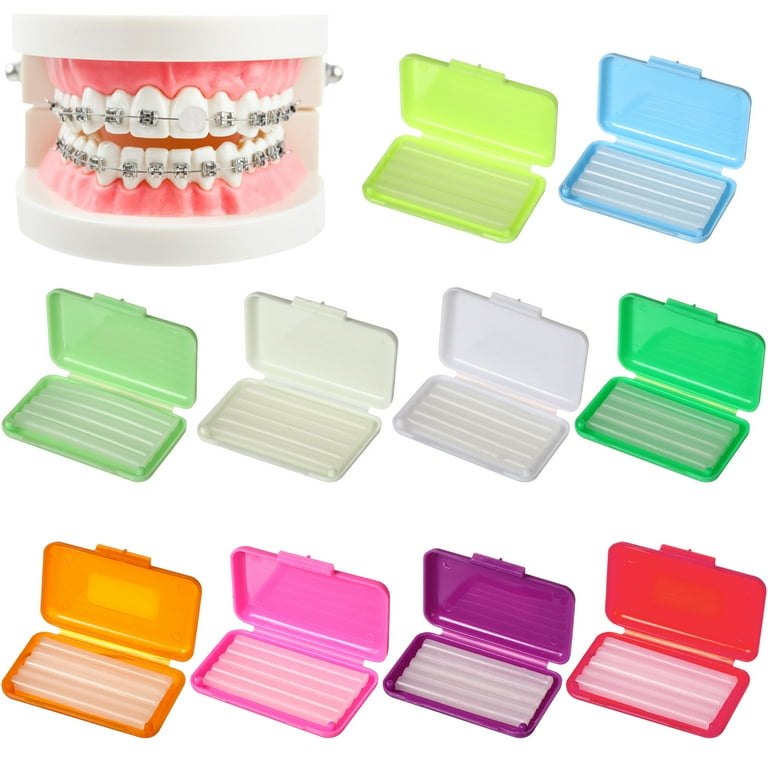Expert Cumming Braces and Aligners: What to Know Prior To You Go to
Expert Cumming Braces and Aligners: What to Know Prior To You Go to
Blog Article
Comprehensive Overview to Orthodontics Treatments for Correcting Dental Misalignments
In the realm of orthodontics, the journey to achieving a completely aligned smile involves a myriad of procedures customized to correct dental imbalances. From traditional braces to unseen aligners and also medical choices, the area of orthodontics offers a variety of services to deal with differing levels of oral abnormalities. Understanding the ins and outs of each procedure, including their mechanisms, advantages, and possible disadvantages, is critical in making informed decisions regarding one's orthodontic treatment. As we browse with the comprehensive overview to orthodontic procedures for remedying dental misalignments, the complex information of each approach will certainly unfold, shedding light on the path towards a unified and functional oral positioning.
Orthodontic Procedures Introduction

Regular changes and surveillance are vital components of orthodontic treatment to ensure development is on track and to make any required adjustments along the way. By undergoing orthodontic procedures, clients can not only achieve a straighter smile however additionally enhance their general dental wellness and function.
Standard Braces: Just How They Work
When thinking about orthodontic therapies for dental misalignments, traditional dental braces stand out as a reliable technique for remedying teeth placing. Conventional braces consist of brackets, cables, and bands that function with each other to apply constant stress on the teeth, progressively relocating them right into the preferred positioning.
As stress is applied to the teeth with the dental braces, the bone bordering the teeth is improved to sustain the new tooth placements. Patients will certainly need routine adjustments at the orthodontist's workplace to make certain the braces continue to use the right pressure for reliable teeth motion.
Unseen Aligners: Advantages And Disadvantages
These clear, personalized trays are virtually unseen when used, making them an appealing alternative for individuals looking for a more cosmetically pleasing orthodontic therapy. Clients can get rid of the aligners before consuming or brushing their teeth, minimizing the risk of food getting stuck in the device and simplifying the cleansing process.

Surgical Orthodontic Options
Surgical treatments in orthodontics existing feasible choices for dealing with complex dental misalignments that may not be efficiently fixed with conventional orthodontic treatments. While traditional dental braces and undetectable aligners can deal with many orthodontic concerns, specific situations require medical intervention to attain ideal outcomes. Surgical orthodontic options are generally advised for extreme malocclusions, considerable jaw discrepancies, and instances where the underlying bone framework needs alteration to attain proper alignment.
One common surgical orthodontic procedure is orthognathic surgical treatment, which entails repositioning the jaws to correct useful issues such as trouble speaking or chewing. This surgical treatment is typically performed in cooperation with an orthodontist who aids line up the teeth before and after the procedure. Surgical orthodontics may likewise involve procedures to reveal influenced teeth, eliminate excess gum tissue, or improve the jawbone to create a much more unified facial profile.
Before considering medical orthodontic options, individuals undergo a thorough evaluation to figure out the requirement and prospective advantages of such interventions. cumming orthodontics. While surgery may seem challenging, it can dramatically enhance both the feature and looks of the smile in cases where traditional orthodontic treatments drop short
Retainers and Post-Treatment Treatment

Post-treatment care entails following the orthodontist's guidelines diligently. This might include correct dental hygiene methods, participating in follow-up appointments, and putting on the retainers as prescribed. Failure to follow post-treatment care instructions can lead to regression, where the teeth slowly move back towards their original placements. Consistent retainer wear, great oral hygiene, and you could try here regular oral exams are essential for keeping the results achieved via orthodontic surgical treatment and making certain the long-lasting stability of the dealt with dental positioning.
Verdict
To conclude, orthodontic treatments offer various choices for remedying dental misalignments. Typical braces use metal brackets and cords to change teeth into proper positioning. Unnoticeable aligners provide an even more discreet option yet may not be ideal for all cases. Surgical orthodontic choices are available for a lot more extreme imbalances. Retainers are typically utilized post-treatment to preserve the brand-new placement. On the whole, orthodontic procedures can effectively enhance oral wellness and aesthetic appearance.
As we browse with the extensive overview to orthodontic treatments for fixing oral misalignments, the elaborate details of each approach will unravel, dropping light on the course towards a functional and unified oral positioning. - aligners
One of the most usual orthodontic therapies is the use of braces, which are composed of metal braces and cables that use gentle pressure to navigate here slowly change teeth into the desired setting.When taking into consideration orthodontic therapies for oral imbalances, typical dental braces stand out as a reliable approach for remedying teeth positioning. Furthermore, unseen aligners might not be suitable for complicated orthodontic concerns that call for even more significant teeth motion, as they are typically recommended for mild to moderate cases. Retainers are customized orthodontic tools created to hold teeth in their remedied positions after the conclusion of orthodontic therapy.
Report this page